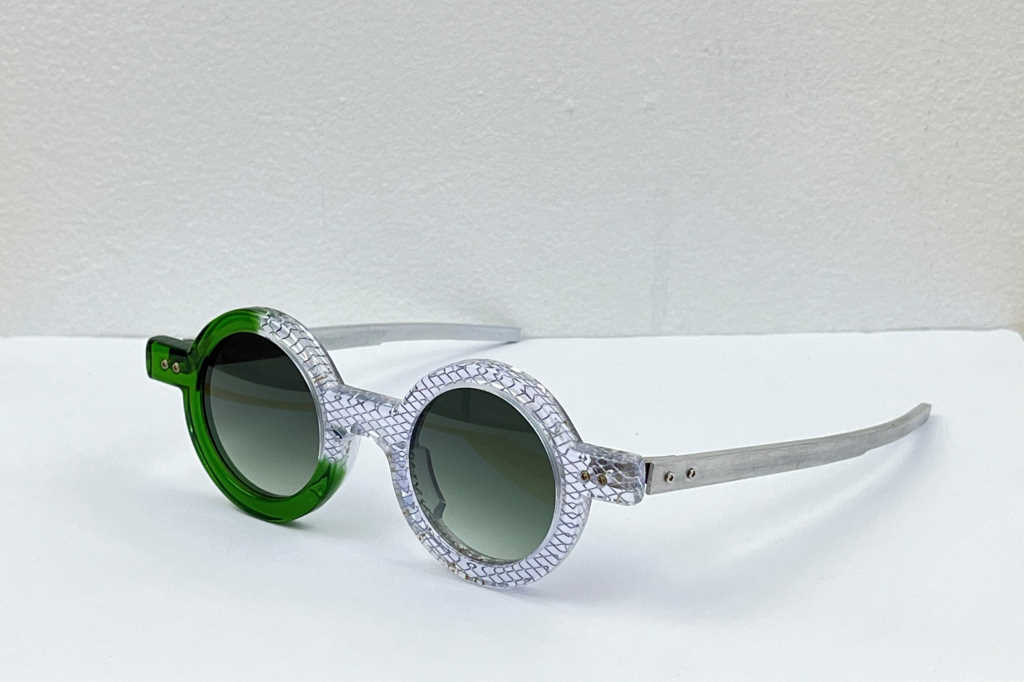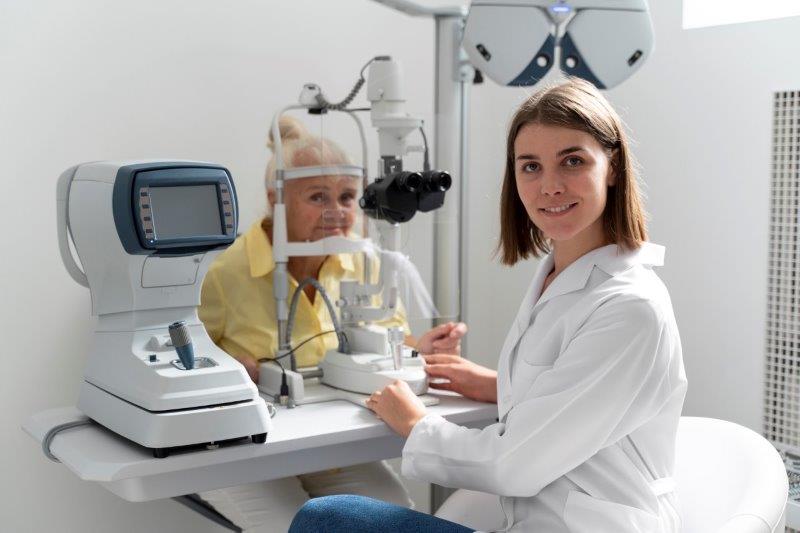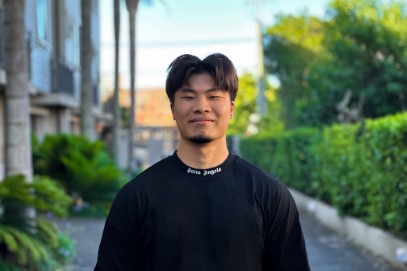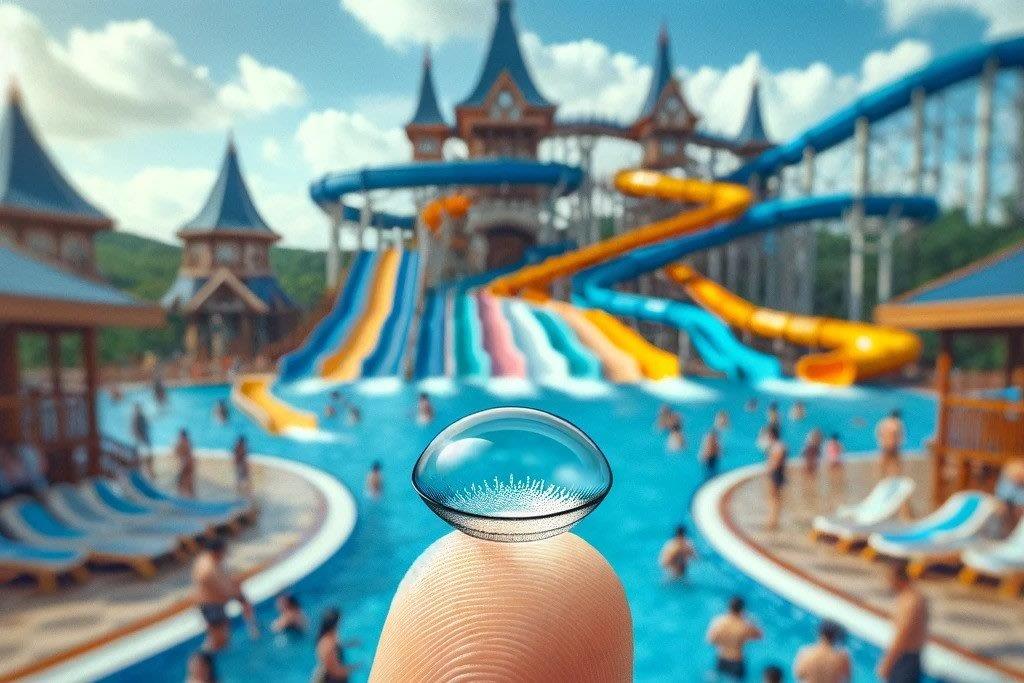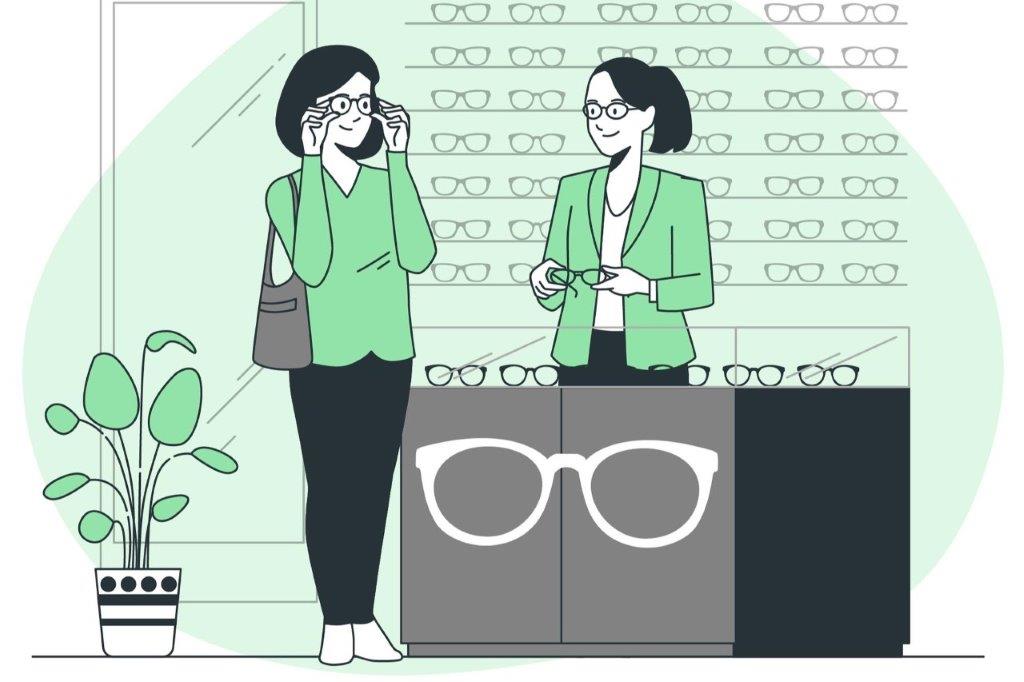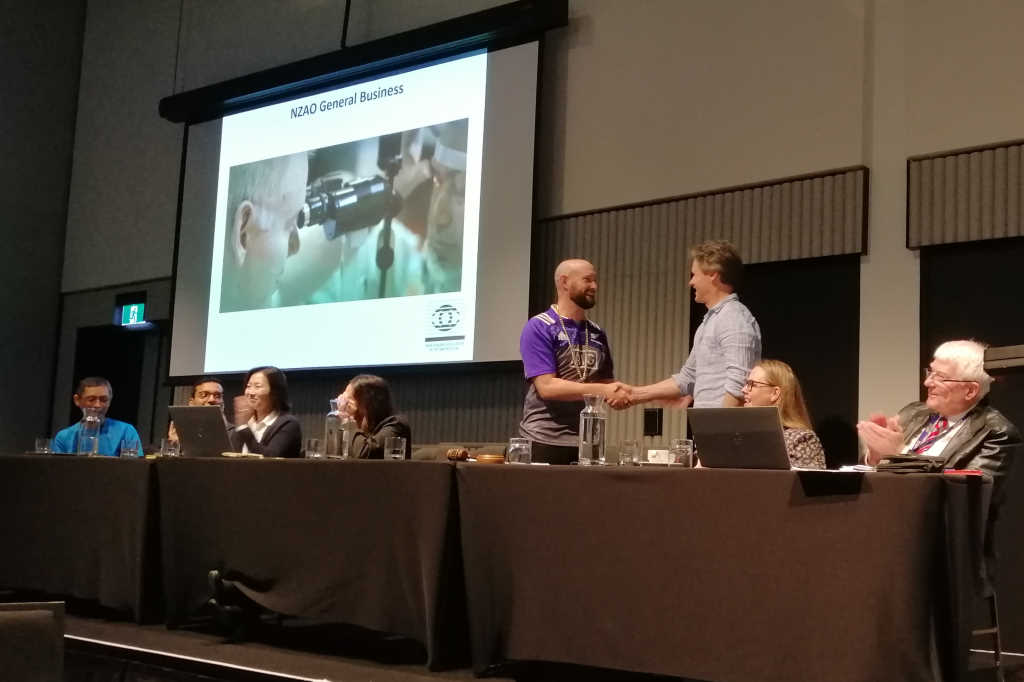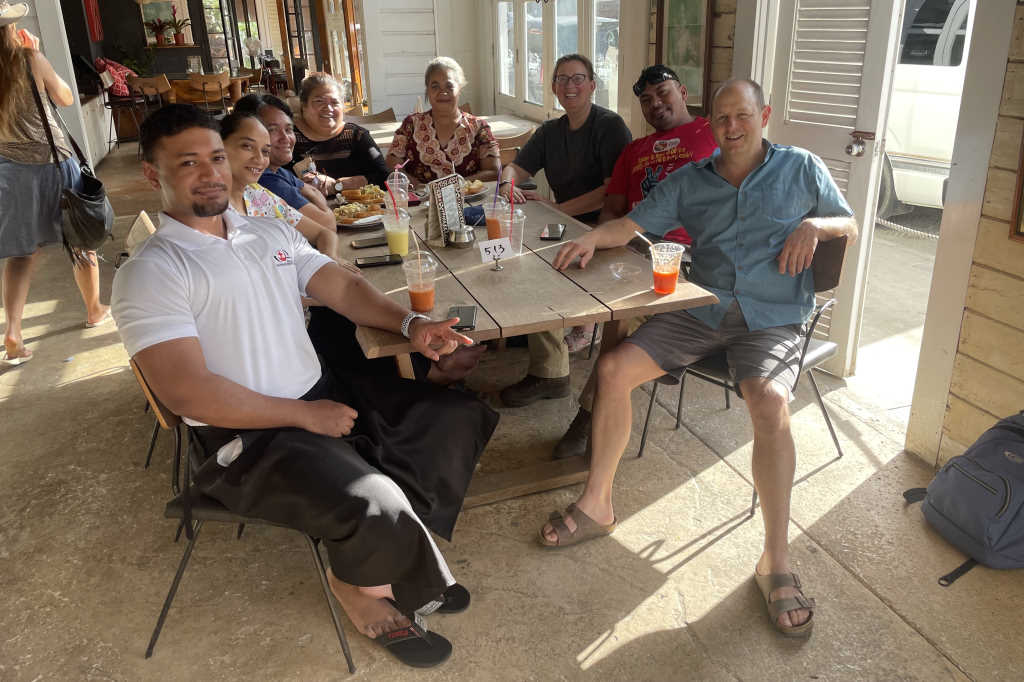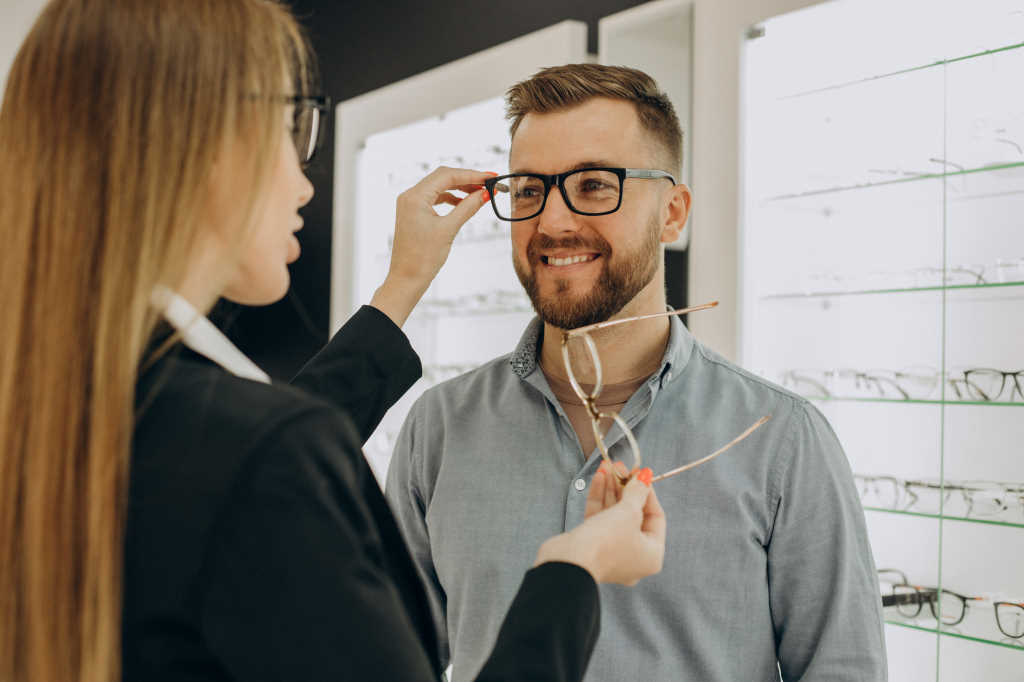Custom eyewear: a personalised approach
The development of glasses as a common treatment for imperfect eyesight has taken centuries, yet today it’s estimated that 75% of the US adult population uses vision-correction products and 64% of them wear glasses*.
The ability to customise the prescription level of lenses is nothing new, but for many years frames have been produced to fit the masses. Often, this leads to the wearer struggling with glasses that simply don’t fit, creating uncomfortable pressure points and needing to be frequently adjusted. Not only that, the glasses don’t necessarily reflect the style of the wearer.
Consumers interested in custom eyewear tend to be motivated by two things: identity and function. It makes sense, then, that an increased number of wearers are seeking custom eyewear designs that not only serve them practically but also reflect their personality and individuality.
“Typically, customers want to have a frame that fits them well but also represents their own unique style. I think that’s been a big part of why bespoke eyewear has become so popular,” explained Sydney-based eyewear designer Chris Savage, who started creating his own frames 15 years ago using broken specs from bottom drawers and offcuts of wood from old furniture and buildings. “I have a collection of styles that can be fully customised – everything from the size of the bridge and the length of the temples, through to the colour of the frame front and the type of wood used for the sides.”
Savage moved into producing bespoke frames for clients in 2016 and now offers a boutique brand (By Chris Savage). “I’ve definitely seen an increased interest in custom eyewear recently. People are becoming more aware that it is possible to get frames made specifically for them. I’m also seeing a lot of optical dispensers and optometrists who are interested in partnering with designers to provide a customisable service.”
Kiwi jeweller Brian Adam, who has been making custom frames for 40 years, agrees. “I started out by selling my frames in jewellery stores and went on to travel around the US, Canada and Australia, teaching spectacle-making at various jewellery schools and guilds. We’ve often had students from optical labs and eyeglass store owners come along to the classes, which is really exciting to see. The most heartening thing they tell me is that I just need to design the frames and they’ll be able to figure out the lenses afterwards.”
Adam, who specialises in sterling silver and gold frames, works with both local and international customers. “If I can’t meet someone in person, I ask them to provide face photos, one wearing their most comfortable frame and another without a frame. I also ask them for their PD (pupillary distance). I have nothing to do with the lenses, which are fitted by their optician, who will also advise them on things like index ratings and coatings. I do occasionally talk to the optician to discuss a prescription lens, perhaps if I’m worried that my metal frame might not suit the edge of the lenses, but it’s very rare that there are any issues.”
Of course, commissioned designs take time (anything from four weeks to almost a year, depending on the designer and level of customisation required) and will typically involve numerous meetings to draw together variables such as what the customer is looking for in a frame, plus designing, prototyping, testing, manufacturing and final fitting. This level of craftsmanship is reflected in the price, with a custom frame costing 50-100% more than a batch-manufactured one.
“You get what you pay for; it’s like comparing the cost of cars from entry-level to luxury,” said Adelaide-based eyewear designer Peter Coombes. “In most cases, eyewear is in the same mindset as costume jewellery – it’s not produced or purchased as a long-term item. For others, it’s an investment. I have a long-term client who is still reglazing frames I made in the early ’90s.”
Coombes, who studied for a bachelor of design, majoring in jewellery and metalsmithing, has been creating customised eyewear since 1985 and is known for strong, stylish frames that celebrate the materials they’re crafted from. “I recently made a lorgnette and chain for a university vice chancellor with a mono-ocular issue. What began as a simple piece expanded to a hand-fabricated lorgnette with a carved, anodised aluminium handle, Queensland boulder opal, Australian chocolate diamond and handmade chain – that was a particularly memorable piece!”
Although Coombes said he doesn’t have a typical customer, his clients do have one thing in common. “They tend to seek me out because they’re frustrated with a lack of options in both fit and style,” he said. “I have the capacity to make a fully one-off frame, tailored to the client, and we can adjust frame sizes and shape at will. This is rare with titanium frames, but controlling our production methods has allowed for this. I've always had the approach that anything is possible.”
In a world obsessed with fast fashion and throwaway culture, it’s refreshing to see those who can opting for investment eyewear that will go the distance. “I’m constantly trying to work on ways to recycle or re-use the leftover material,” said Savage. “It’s important to me to try to minimise the waste I create.”
So, what should those who are interested in custom eyewear bear in mind when researching options? “Think about the most important detail they want to customise. That way, the designer can best guide them through the process of creating their custom frame,” said Savage.
*https://thevisioncouncil.org/sites/default/files/assets/media/TVC_OrgOverview_sheet_2021.pdf
Emily Usher is a freelance writer and novelist, originally from Yorkshire, England, now based in South Australia. Specialising in the lifestyle and not-for-profit sectors, she plans to release her debut novel in early 2024, published by Serpent's Tail, London.










